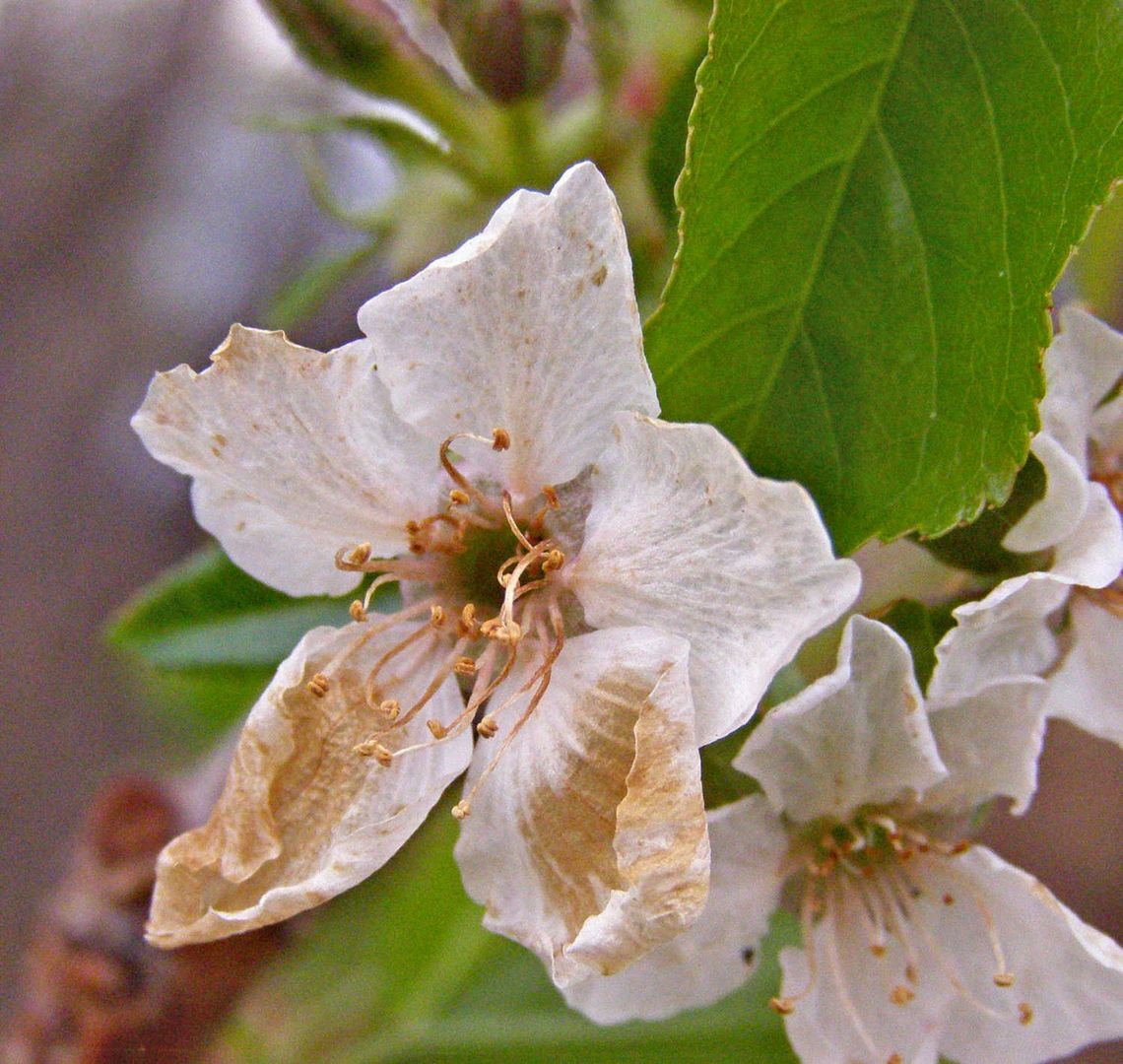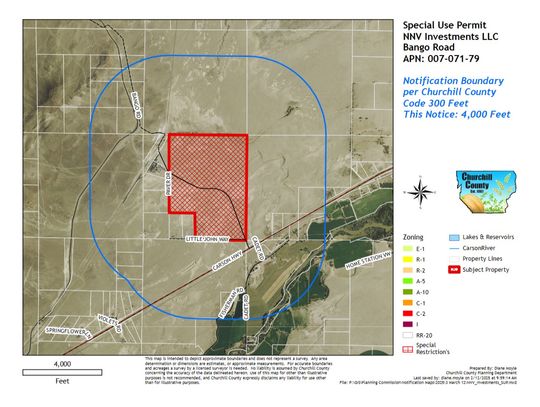The Frustration of Freezing Fruit Trees
- 04/23/2019 04:31 AM (update 04/10/2023 11:09 PM)

by Edith Isidoro-Mills --
Fallon, Nev. -- This spring we have experienced periods of weather warm enough to stimulate fruit tree blossoming and intermittent periods of weather with light frosts. In the morning right after the frost you may not see the damage but several days later, the blossoms on your fruit trees may look brown or the stamens may not be as bright yellow they once were. Don't worry, your tree is not sick. However, don't expect to see much fruit this summer or next fall because the blossoms have frozen.
It isn't uncommon for fruit tree blossoms to freeze before they are pollinated in high desert climate such as ours. Also, it isn't uncommon for already pollinated blossom that are in the process of setting fruit, to not bear fruit because the tender young fruit freezes.
Not all fruit species are equally affected. The fruits that are most susceptible to our high desert springs with their intermittent warmth punctuated by brief spells of winter weather are apricots, peach, and sweet cherries. Apples, pears and sour cherries bloom later in the spring when these brief winter returns cease.
The temperature at which fruit producing buds are damaged depends on the stage of development when the killing frost occurs. Earlier stages of bud development are able to survive much lower temperatures. As the bud matures, opens and sets fruit, the more likely freezing temperatures will damage the blossoms and newly forming fruit. Depending on the stage of bud development and length of time temperatures remain below the point where damage occurs, all or only a portion of the fruit buds may be lost. Other factors combined with freezing temperatures such as bud location, wind direction, and humidity also affect whether fruit is lost for the season. Generally, buds higher in the tree have a greater chance of surviving late frost because heat rises. However, buds lower in the tree may survive in some areas if the wind is blowing or there is high humidity.
As spring progresses, chances of killing frosts occurring diminish. This gives those trees with slower maturing flower buds a greater chance of being fruitful. Examples of fruit with slower maturing buds are apples, pears, and sour cherries. Even some peaches, apricots, and sweet cherries have varieties that bloom later. If you are determined to plant an apricot, peach, or sweet cherry look for the ones that bloom later. This may increase the likelihood of their ever bearing fruit for you.
Keep up with all that’s happening – check the Community Calendar at https://www.thefallonpost.org/events/
Support local, independent news – contribute to The Fallon Post, your non-profit (501c3) online news source for all things Fallon.








































Comment
Comments